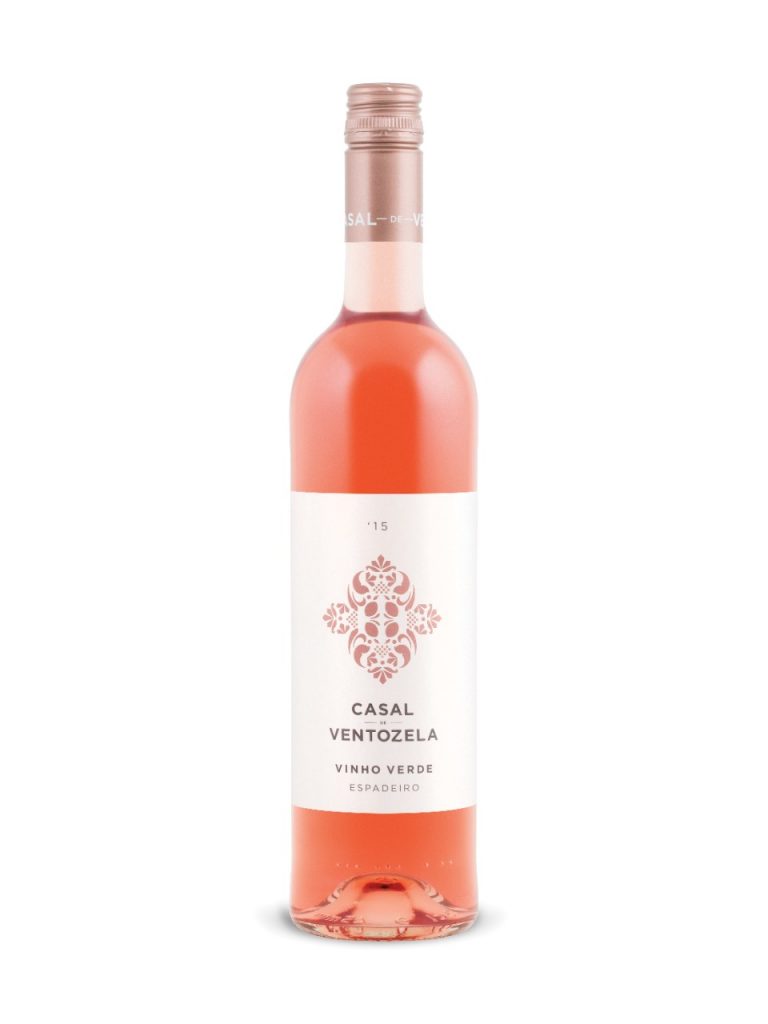Vinho Verde: Your Late Summer Wine
It’s August, and the heat and humidity are still here in full, sweltering force. What to drink? A warm beer? A syrupy cocktail? By this point in the summer, many of us are feeling white-wine-spritzered out — thirsty for a refreshing option that will carry us into autumn.
Enter: Vinho Verde. These wines, from the eponymous region in northwest Portugal, could very well be your next go-to for a crisp, refreshing summer aperitif.
The Vinho Verde region is traditionally known as Entre-Douro-e-Minho — between the Douro River (to the south, along with the Freita, Arata, and Montemuro mountain ranges) and the Minho River (to the north, along the border with Spain). To the east of the region is another series of mountain ranges, and to the west, the Atlantic Ocean. The mountains and other geographical landmarks make the region distinct from much of the rest of Portugal. It's rainy and lush, in contrast with the Mediterranean landscape in other parts of the Peninsula.
The region is home to over 25,000 winemakers, whose vineyards cover over 50,000 acres. In these vineyard plots, 47 different grape varieties are grown and transformed into the pride of northern Portugal: Vinho Verde. Wines from this land, grown with native grape varieties, are marked with a Vinho Verde Designation of Origin.
Vinho Verde is also broken up into nine official sub-regions, based on differences in microclimates, grape varieties, and winemaking styles. These are Amarante, Ave, Baião, Basto, Cávado, Lima, Monção e Melgaço, Paiva, and Sousa.
In the 1st Century BC, both Pliny and Seneca wrote about winemaking in what is now the Vinho Verde region. The practice was refined and expanded to become an important economic initiative for the Portuguese Crown in the 12th and 13th Centuries. Until recently, exports have been very limited — but these wines were some of the first Portuguese wines to be successful in other European countries. In 1908, after centuries of dedicated grape-growing and winemaking in the area, the Vinho Verde region was officially demarcated. Today, the region is home to the Amândio Galhano Wine Center, an experimental research center where new techniques and grape varieties are tested.
Some might guess from the name that Vinho Verde is necessarily a white wine — not so. Though whites are some of the best known styles, reds are produced in the region as well, and are technically considered Vinho Verde wines — though they resemble closely other European wines in their production.
White Vinho Verde is the star of the show, with the word verde (green) referring not to the color of the wine, but to its age. Most white vinho verdes are bottled before malolactic fermentation can occur, leaving them more acidic, crisp, and refreshing than typical whites.
Grape varieties that are included in the classification of Vinho Verde DO white wines are Alvarinho, Arinto/Pedernã, Avesso, Azal, Fernão-Pires/Maria-Gomes, Loureiro, and Trajadura. Vinho verde rosés, which also carry the classic freshness of the style, can also include Touriga-Nacional grapes.
So what make these wines great for late summer? They’re often low in alcohol content, making them perfect for a long afternoon on the porch. Because they are bottled young, they have a crispness and refreshing quality that other whites often lack. There are also options: rosé, sparkling, or the special “late-harvested” Vinho Verde (a sweeter version made from overripe grapes).
Vinho Verde is having a bit of a moment here in the U.S. — it’s popping up on wine lists across Brooklyn — and even Trader Joe’s in select locations has some good options. If you’re looking for wines typical of the Vinho Verde style, try the 2015 Arca Nova Branco, a white blend that is lightly sparkling and reminiscent of a very dry apple cider. Also excellent is the 2015 Las Lilas blend, which is astringent and has notes of peaches and nectarines. The 2015 Casal de Ventozela Espadeiro rosé is a nice aperitif, creamier than other Vinho Verde wines with notes of ripe berries. Drink these with oysters on the patio, and hold on to those last bits of summer.



